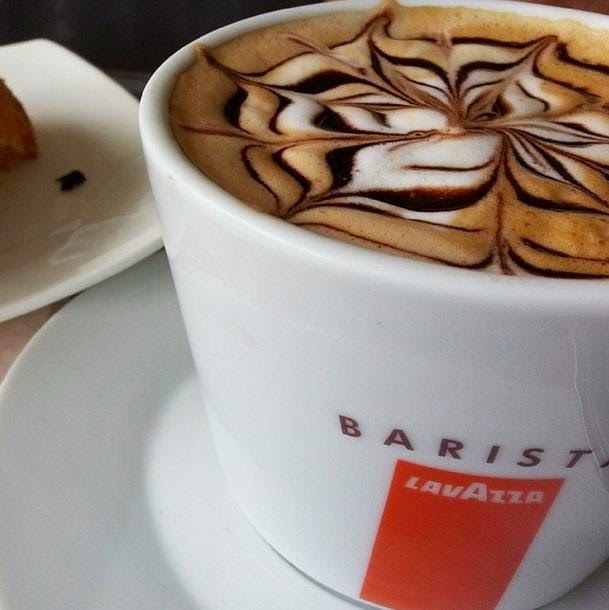Coffee is one of the most popular and common drink in the world. It is consumed by a lot of people at almost all the hours of the day be it morning, evening or night. The increasing popularity of coffee has led to the creation of numerous coffee houses that provide a number of facilities to the customers. From WiFi to exemplary services, these coffee shops are international and modern in the true sense. Today, the export of coffee is worth more than USD 20 billion dollars with drinkers in almost all parts of the globe. In this article we look at some of the most incredible facts that make the coffee industry one of the most amazing and unique industry in the world.
Fact 1: After crude oil, the most sought after commodity in the world is coffee
This is no surprise as coffee is consumed in almost every part of the world. With a net worth of USD 100 billion, worldwide, coffee is ahead of many commodities like natural gas oil, sugar and corn.
Fact 2: Across the world, people drink almost 500 billion of coffee every year
As coffee is consumed in almost all the regions of the world, it is no surprise that people consume so much coffee in a year. So even though there are many varieties of coffee served in coffee homes, the most popular is Italian espresso coffee. This is proved by the fact that out of 500 billion cups of coffee consumed every year, 14 billion is Italian espresso.
Fact 3: A cup of coffee has more caffeine than a cup of tea
Tea (including black tea, green tea, white tea, oolong tea, etc.) tends to have about 15-70 mg of caffeine per
8 oz. cup, whereas the same size cup of coffee tends to have about 80-135 mg of caffeine. By dry weight however, tea has more caffeine than coffee. But a cup of coffee has more caffeine simply because the amount of coffee bean required to make a cup of coffee is more than the amount of tea required to make the same.
Fact 4: Coffee farms provide livelihood to over 25 million people
Coffee plays a very important role in the livelihoods of millions of households in developing countries. Currently almost 75% of the world’s coffee is produced by small-scale farmers in countries of Asia, South America, Central America and Caribbean. Additionally, almost 67 per cent of the world's coffee is grown in the American countries alone. In other words, 90 per cent of the entire production of coffee takes place in developing countries and most of it is consumed in developed countries. The top three producers of coffee are Brazil, Vietnam and Columbia.
Fact 5: There are only two types of coffee namely Arabica and robusta
Although there are many varieties of coffee available in coffee shops like Hazelnut Mocha, Crème Caramel Latte, Caffe Twist in reality there are only two types of coffee beans that are grown commercially. These are arabica and robusta. These two varieties differ in taste, growing conditions and price. Arabica beans tend to have a sweeter, softer taste, with tones of sugar, fruit, and berries. They also tend to have a higher acidity, with that winey taste that characterizes coffee with excellent acidity.
Robusta, on the other hand has a stronger, harsher taste, with a grain-like overtone and peanutty aftertaste. They contain twice as much caffeine as Arabica beans, and are generally considered to be of inferior quality when compared to Arabica. Some robustas seeds are however of high quality and valued especially in espressos because they give it a deep flavor and good crema.
Today, coffee shops around the world cater to customers all around the world by offering them an amazing coffee experience coupled with modern facilities. Many varieties of coffee like Hazelnut Mocha, Crème Caramel Latte, Caffe Twist, cappuccino, flavored coffee and espresso continue to enjoy immense popularity among the customers. In other words, coffee shops have and will continue to remain an integral part of society for the coming generation as well.
For more details visit www.barista.co.in






